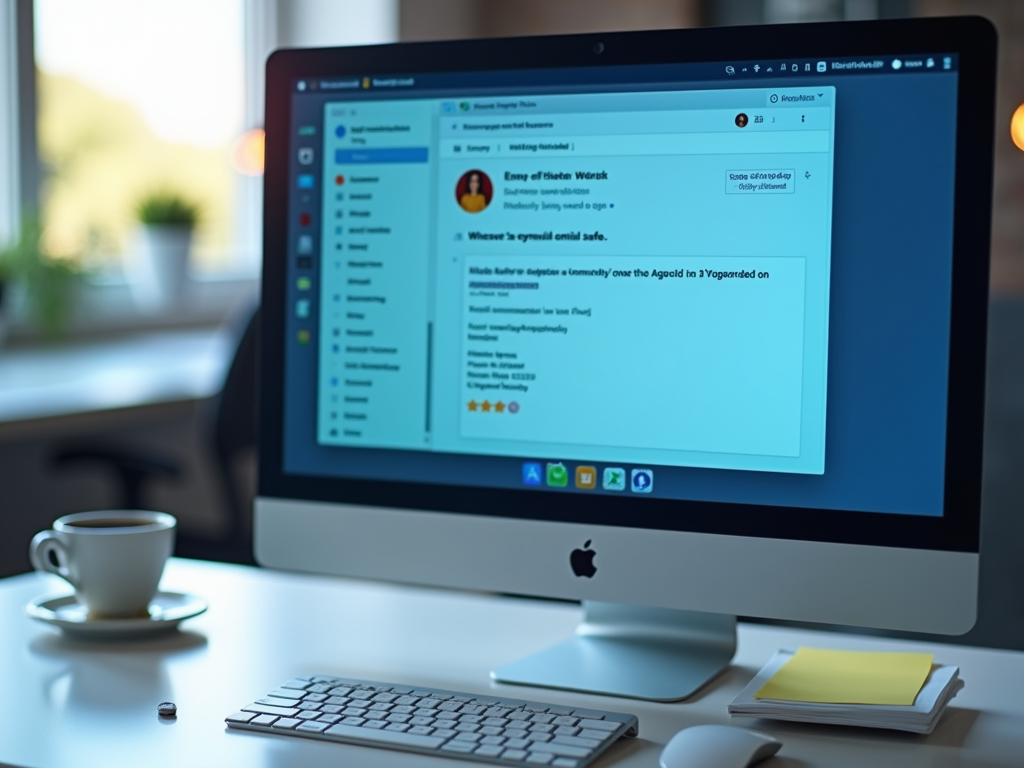In today’s digital landscape, email communication serves as the backbone for personal and professional interactions. Whether you’re coordinating with colleagues or keeping in touch with friends and family, the importance of receiving crucial messages cannot be overstated. However, spam filters often disrupt this flow, relegating important emails to the depths of your junk folder. One effective method to reclaim control over your inbox is by whitelisting email addresses. This not only improves your email experience but also safeguards essential communication from being misplaced in unwanted folders.
Whitelisting ensures that emails from specified senders are recognized as safe, allowing them to bypass spam filters. Most email platforms, including Gmail, Outlook, and Yahoo, offer straightforward processes to achieve this. Moreover, it’s important to understand that each email provider has its own set of instructions, making it essential to familiarize yourself with your chosen platform. The great news is that the process is typically user-friendly and can be completed in a matter of minutes. Below, we’ve outlined comprehensive instructions and additional details to help you navigate the whitelisting process effortlessly.
Understanding the Importance of Whitelisting Emails

Whitelisting an email ensures that important messages land in your inbox instead of your spam folder. It helps you maintain good communication, especially with essential contacts like coworkers, friends, or service providers. By taking just a few moments to whitelist senders, you can avoid missing out on valuable information, offers, or alerts that could easily go unnoticed. In a world teeming with digital noise, establishing a direct line of contact is more important than ever.
Additionally, whitelisting can enhance your productivity. Consider the time wasted when you are sifting through your spam folder to locate a crucial email from your boss or a confirmation from an online order. By proactively managing your inbox through whitelisting, you are not only avoiding potential stress but also streamlining your workflow. It’s a small investment of your time that can yield significant returns in clarity and efficiency.
How to Whitelist an Email in Gmail

To ensure Gmail recognizes emails from specific senders, follow these straightforward steps. First, open Gmail and log in to your account. This is likely the primary platform used for both personal and professional communications. Once you’re in, locate the email you want to whitelist. Click the three dots on the top right corner of the email, which may also be referred to as the “More” button. From there, select “Add [sender] to Contacts list.”
By adding the sender to your contacts, you significantly increase the chances of their emails appearing in your inbox. It’s a crucial step for maintaining effective communication. Remember, a cluttered inbox can lead to overlooked messages, so personalizing your email experience through whitelisting is essential.
How to Whitelist an Email in Outlook
Whitelisting emails in Outlook can help you avoid missing critical communications. Start by opening your Outlook account and navigating to your inbox. Right-click on the email from the sender you wish to whitelist. This action should reveal a context menu. Click on the “Junk” option and then select “Never Block Sender.” This ensures that emails from that particular sender will always land in your inbox, keeping your communication seamless.
If you prefer a broader approach, you can manage your safe senders list more comprehensively. To do this, go to the “Home” tab, locate “Junk,” and select “Junk E-mail Options.” Within this menu, you will find options to add email addresses to your safe senders list. By proactively managing blocked and safe senders, you ensure an efficient email management system tailored to your needs.
How to Whitelist an Email in Yahoo Mail
For Yahoo users, whitelisting is equally crucial for managing your inbox effectively. Begin by logging into your Yahoo Mail account and opening the email from the sender you wish to whitelist. Once you have the email open, click on the three dots in the upper right corner. This action will give you access to various options. Select “Add sender to Contacts,” which effectively ensures that future emails from this sender won’t be marked as spam.
- Log in to your Yahoo Mail account.
- Open the email from the sender you wish to whitelist.
- Click the three dots in the upper right corner.
- Select “Add sender to Contacts.”
By following these steps, you will add the sender to your Yahoo contacts, reducing the chances of their emails going to spam. This proactive approach allows you to keep communications open and accessible without unwanted interruptions.
| Email Provider | Whitelisting Steps |
|---|---|
| Gmail | Add sender to Contacts. |
| Outlook | Never Block Sender option in Junk menu. |
| Yahoo Mail | Add sender to Contacts via menu options. |
| Apple Mail | Add to VIP. |
| Zoho Mail | Manage Whitelisted Senders in Settings. |
Whitelisting Emails in Other Email Services
Different email providers have their own procedures for whitelisting. Here’s a brief overview of the process for other popular email services:
- Apple Mail: Open the email, click on the sender’s name, and choose “Add to VIP.”
- Zoho Mail: Go to Settings > Mail Settings > Whitelisted Senders, then add the email address.
Understanding the specifics of whitelisting across different platforms can save you time and ensure you receive vital communications consistently. Take the time to review the guidelines for your preferred email service and implement them accordingly.
Conclusion
Whitelisting emails is a simple yet effective way to manage your inbox and ensure that important messages reach you. By following the steps outlined for Gmail, Outlook, Yahoo, and other platforms, you can streamline your email experience and maintain important connections with ease. In an ever-connected world, ensuring that your communications flow uninterrupted is key. Don’t underestimate the power of taking a few moments to personalize your email environment; the benefits can be profound.
Frequently Asked Questions
- What does whitelisting an email mean?
Whitelisting an email allows you to specify trusted email addresses or domains, ensuring their emails do not go to the spam folder. - Can I whitelist multiple emails?
Yes, you can whitelist multiple emails using the same process for each email provider. - What should I do if my emails still go to spam after whitelisting?
Check your spam settings and make sure the sender’s address is correctly added to your contacts. - Does whitelisting guarantee my emails will be delivered?
While whitelisting increases the likelihood of email delivery, it does not guarantee it due to other factors like sender reputation. - Can I remove someone from my whitelist?
Yes, you can remove someone from your whitelist by deleting them from your contacts or adjusting your email settings.


